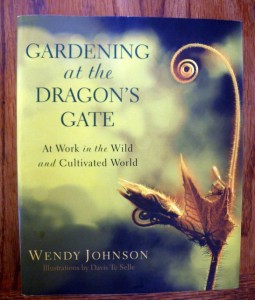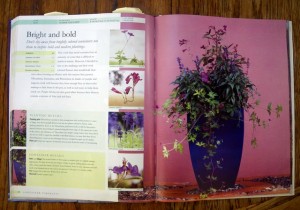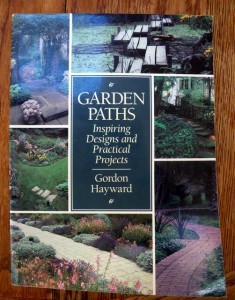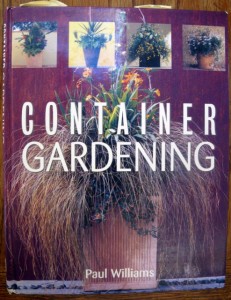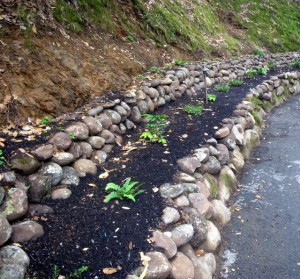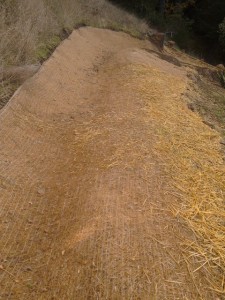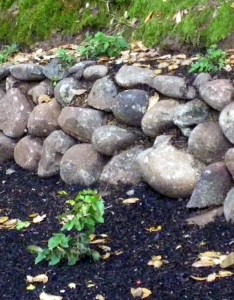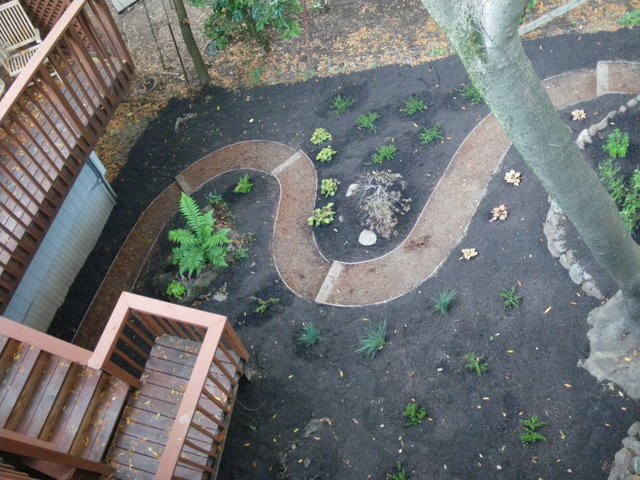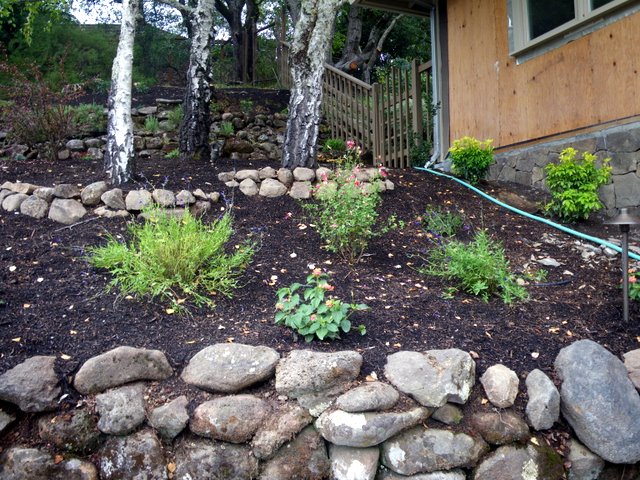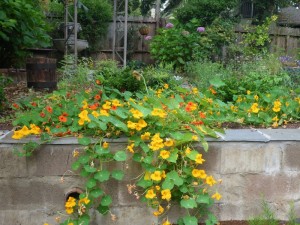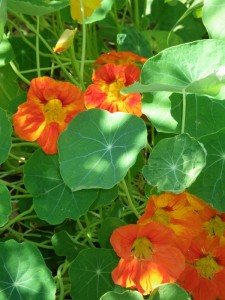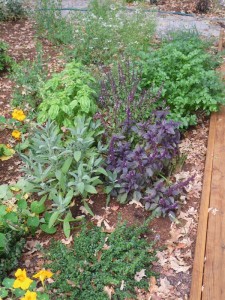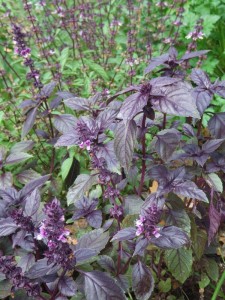Truthfully, I don’t read very many gardening books. I prefer to putter in the the garden. But every now and then, one comes along that demands my attention. Wendy Johnson’s, Gardening at the Dragon’s Gate: At Work in the Wild and Cultivated World, is one of those books.
She has formidable experience in the garden, having been the head of Zen Center’s garden for many years. She studied with the great Alan Chadwick and Harry Roberts.
In this book she combines her experience in the garden with her life as a student of Zen Buddhism. Her writing is lyrical, practical and,thank god, humorous.
I know you will learn a lot from Wendy’s experience and enjoy reading about her life at the Dragon’s Gate. It’s a perfect book for a long winter evening.
In a practical vein, I highly recommend this book by Paul Williams called Container Gardening. It concentrates on ornamental plantings. He clearly lays out many types of plants and planters for every condition, from full sun to complete shade.
This is my go to book when showing clients what can be done with color and form in a pot near the house.
You’ll be very inspired, I guarantee it.
Paths are an important part of every garden. Designing and building a path can be tricky, if it is to be both beautiful and durable. One of the books I’ve found that can help you choose a path that you can build yourself and is appropriate for the site is Garden Paths, by Gordon Hayward. It is well illustrated and full of inspiring ideas.
Any of these books will make a wonderful gift for your gardening enthusiast.

